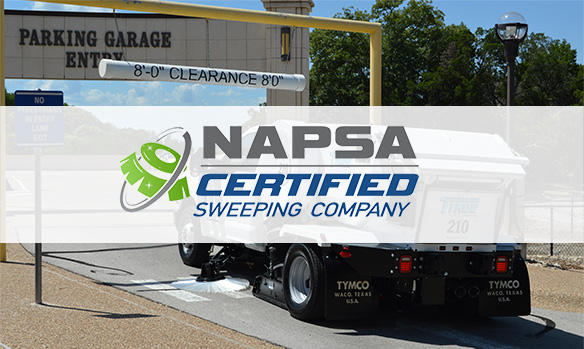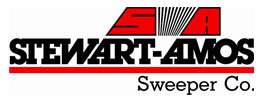Every fleet manager deals with the problem of what to do with used engine fluids. Safe disposal of what’s considered toxic waste triggers a battery of EPA regulations and fines for improper handling. One way to vastly reduce oil waste and help to save on your property’s energy costs is to burn used oil and transmission fluid for heat. Used oils that may be burned for heat include hydraulic oil, transmission oil, brake fluids, motor oil, crankcase oil, and grades 1, 2, 3, and 4 fuel oil.
The principles of using used petroleum products to heat your building make sense: you’re making good use of a useless waste product. Even if your operation doesn’t generate enough waste oil and/or transmission fluid to fuel the heater, using what you do have will still save on energy costs and benefit the environment.
Several waste oil furnace manufacturers offer online waste oil savings calculators to help you understand how much you can save by repurposing used motor oil. Energy efficiency contributes to the savings. A gallon of waste oil produces as much energy as 18 kilowatts of electricity; two gallons will produce sufficient power to run a household for 24 hours.
Waste oil furnaces fulfill the sustainability mantra of “recycle, reuse, repurpose.” Quite simply, it’s better for the environment. Burning your waste oil for heat reduces or prevents damage and contamination of air, soil, and water caused by improper disposal or leaks. Using waste oil for heat also conserves natural resources and lowers the demand for fossil fuels such as heating oil and natural gas to heat the property.
Burning waste oil for heat also minimizes your liability. The EPA requires used oils be stored in properly labeled tanks or containers which must be in good condition and may be located above or below ground. The EPA takes a dim view of improper disposal and leaks. Responsibility and liability does not disappear even if the company hires a third party contractor to dispose of waste oil. If that contractor errs in disposing of your waste oil, you’re still liable for the damages and fines. Using a waste oil furnace basically eliminates that risk and enables you to reinvest those dollars saved into growing the business.

Before you consider setting a barrel of waste oil alight, do your homework. Buying a waste oil furnace itself may not be cheap, but the savings on your heating costs and waste oil disposal fees could very soon pay for the unit. And who doesn’t like free heat? If you’re thinking to purchase a waste oil furnace, consider the following:
- Many waste oil furnaces take up little floor space. Search for spacesaving units that will fit into an unused corner.
- Waste oil furnaces should operate a clean burn and generate no more dirt, ash, or odor than a regular oil furnace. Look for a furnace that has a longer cleaning interval to remove contaminants from the waste oil.
- Look for a unit that can also burn #2 heating oil if it’s likely that your operation won’t generate enough waste oil required to fuel the heater.
- Some waste oil furnaces offer options for venting the hot air. Some blow the heated air directly into the space to be heated or they may be connected to existing ductwork for better heat distribution.
- Like any machine, the more components an appliance has, the more likely something will go awry. Look for a waste oil furnace with a minimum of components for ease of maintenance. Most workshops should be able to perform their own maintenance rather than rely on costly outside service personnel.
Waste oil heaters and furnaces come in a variety of sizes and outputs (140,000 BTUs to 500,000 BTUs). Appliances range from around $2,000 to $20,000, depending on brand, size, efficiency, and output. Many dealers offer both refurbished models and financing options.

















